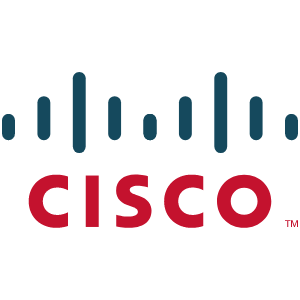Endpoint Data Protection
NOT A SINGLE BIT LOST








How Endpoint data protection protects your business ?
One of the single greatest security risks for organisations is losing data—from attacks, data corruption, intellectual property theft, or other means. The loss of customer data is especially damaging to not only an organisation’s bottom line but also its reputation and brand. Additionally, data risks can just as easily originate from disgruntled or dishonest employees as outside hackers. Therefore, superior endpoint data protection should provide the following:
- Protection for the widest range of user devices (types and operating systems)
- Centrally managed, policy-based security by group and user
- Data loss prevention through device behaviour monitoring
- Anti-data theft tools and processes
- The ability to automatically restore files encrypted or destroyed by ransomware
In many ransomware or malware data theft scenarios, masked malicious code can lie in wait after infecting devices, then leak or exfiltrate data to external servers, or in ransomware scenarios, encrypt data before network systems recognise the threat. A good way to defend against these types of attacks is by adding endpoint data encryption and server data encryption.
Data Encryption
Encrypted data is useless to thieves—whether it’s an insider or a hacker. If a disgruntled employee or cyber-thief steals data by emailing it, copying it, or sending it to an unauthorised device, all they obtain is the encrypted—and therefore useless—data. However, endpoint encryption must be transparent and unobtrusive to ensure that user productivity and workload performance is not compromised.
Endpoint encryption coupled with device and application behaviour monitoring is especially effective in preventing data loss. Consider the case of network-embedded malware or an insider that initiates data exfiltration. When the malware or employee attempt to send that data outside the network, behaviour monitoring can flag it as suspicious and stop the external connection.
To prevent man-in-the-middle data attacks (data intercepted as it traverses the network from endpoint to the cloud or server), encryption of data in transit can provide an even greater level of protection of sensitive data. Deploying all three data loss prevention strategies—data-at-rest encryption, behaviour monitoring, and data-in-transit encryption—can deliver superior endpoint protection.
Data Protection
Data backup also plays a role in endpoint data security and endpoint protection. Businesses should only back up endpoint data—encrypted or not—if it belongs to the business. Most end user devices, especially tablets and smartphones, can contain numerous files and data that is strictly personal information for the user—and not the organisation’s concern. For this reason, endpoint use in the workplace should be restricted to adding, creating, or manipulating a business’s cloud and server-based data—not storing it on the endpoint device.
When using such policies, endpoint security management software can protect against endpoint applications that are not authorised to access or store data locally. Only server-based data would be allowed under stricter endpoint policies.
How Intellio can help with Endpoint Data protection?
Intellio delivers comprehensive data encryption and protection solutions across endpoints and servers. All encryption is administered through a single console and seamlessly integrates with security management, including policy-based orchestration. The encryption is transparent to users and applications and has little performance overhead, ensuring systems run as expected with no loss in user productivity or effect on application behaviour despite endpoint encryption.
As data is encrypted on these protected devices—including hard drives, removable media, etc.—no lost or stolen device data is accessible. This is especially useful with laptops and mobile devices, which are typically accessed at least a portion of the time in the field, and with off-premises data backups.
Start the conversation with a strategy meeting.
We’ll get to know each other and dive deeper into your current setup and your future goals in order to provide a preliminary solution and estimate.

